-
 1
1
Case Number : Case 2556 - 23 April 2020 Posted By: Saleem Taibjee
Please read the clinical history and view the images by clicking on them before you proffer your diagnosis.
Submitted Date :
20M, Left pre-auricular region, 3cm subcutaneous lump with discharge ?epidermoid cyst

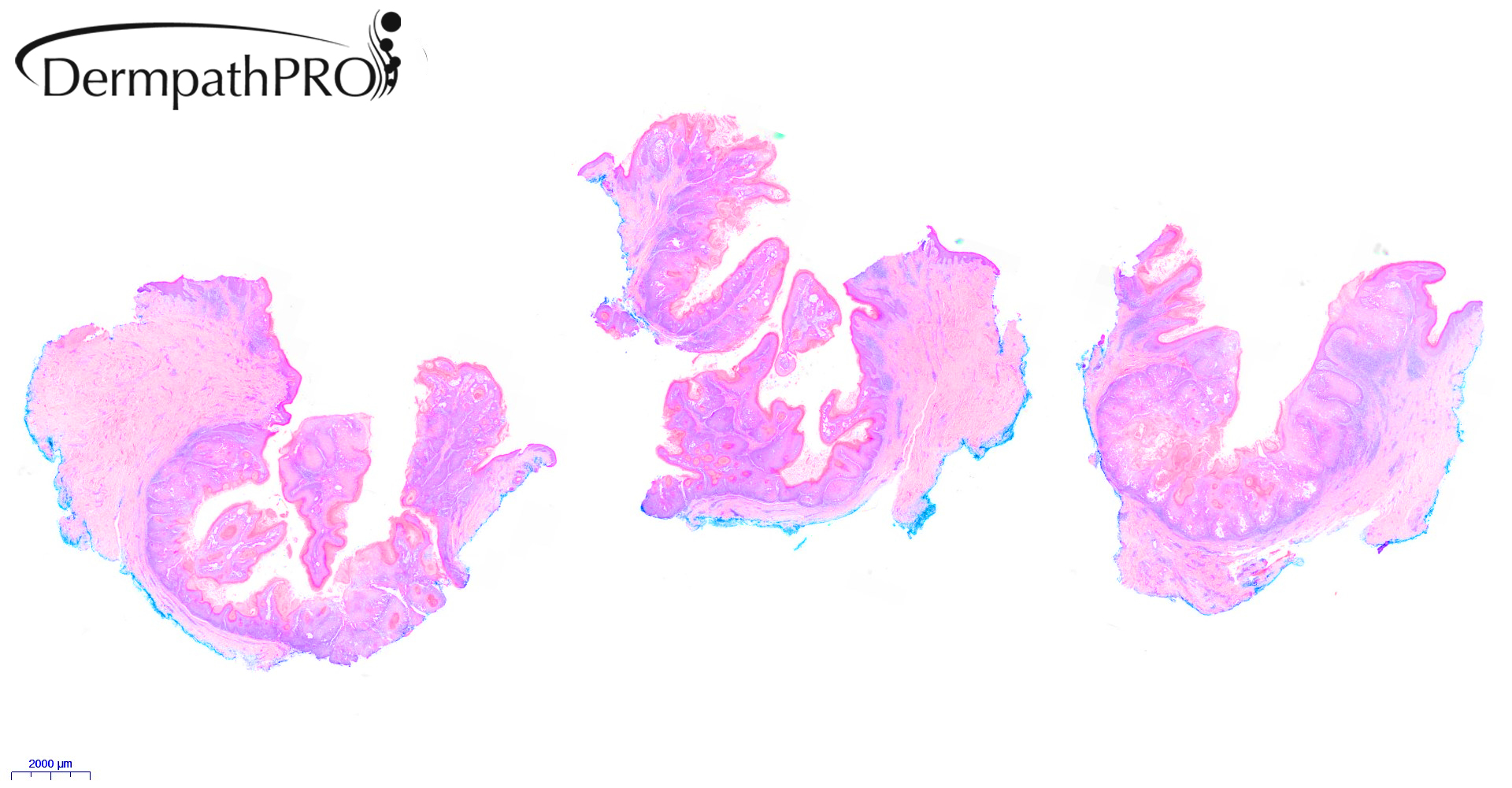
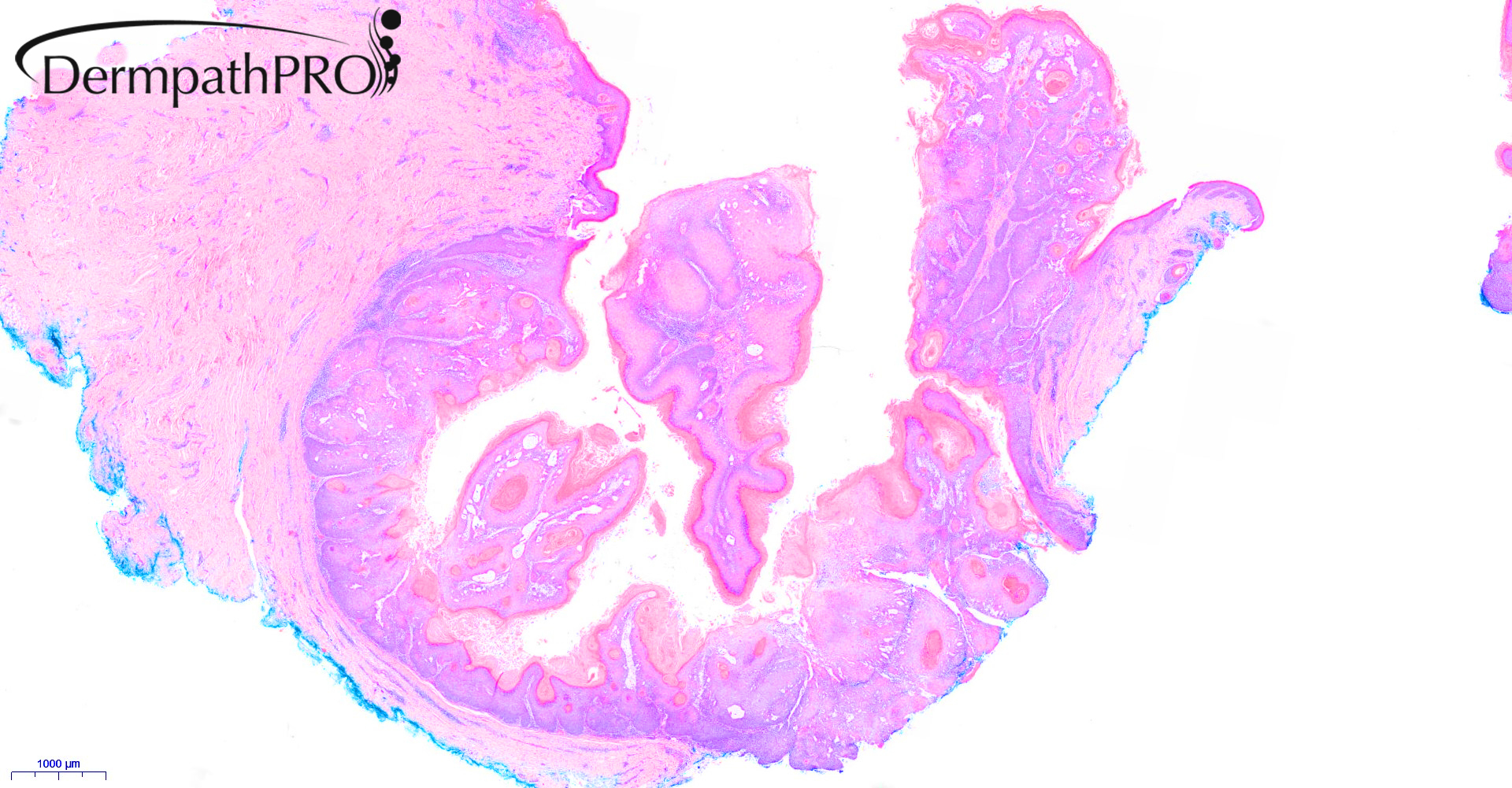
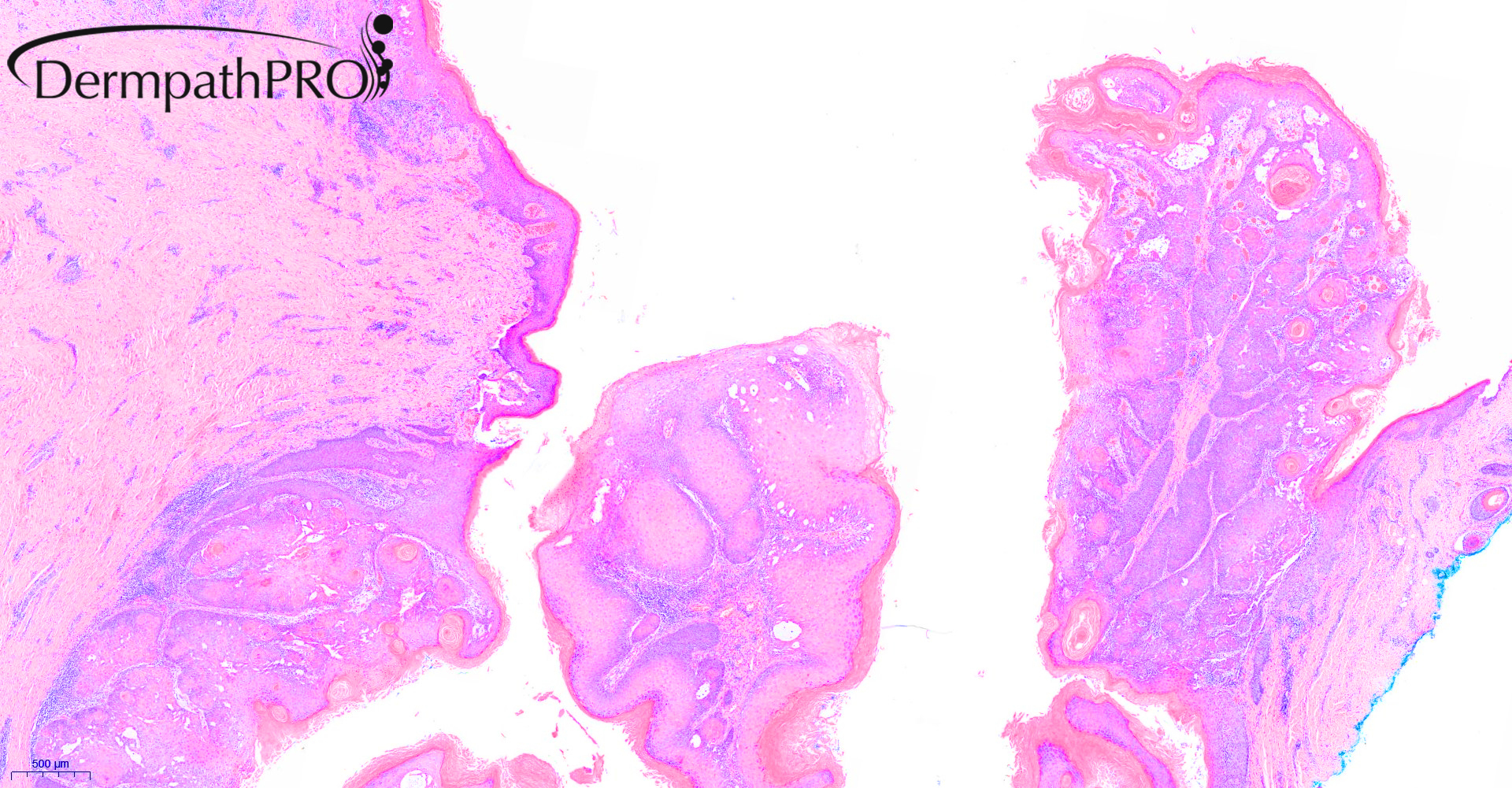

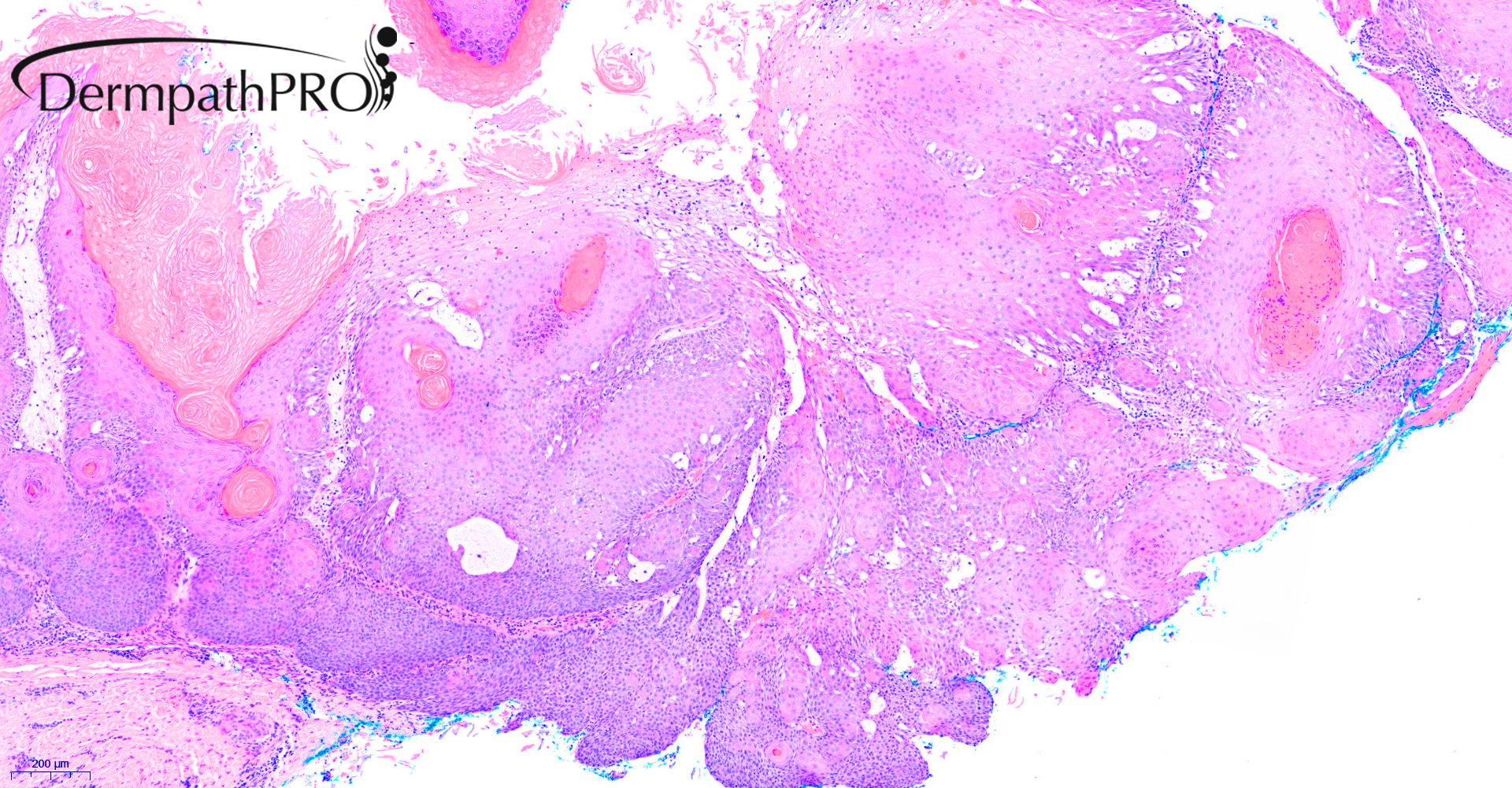
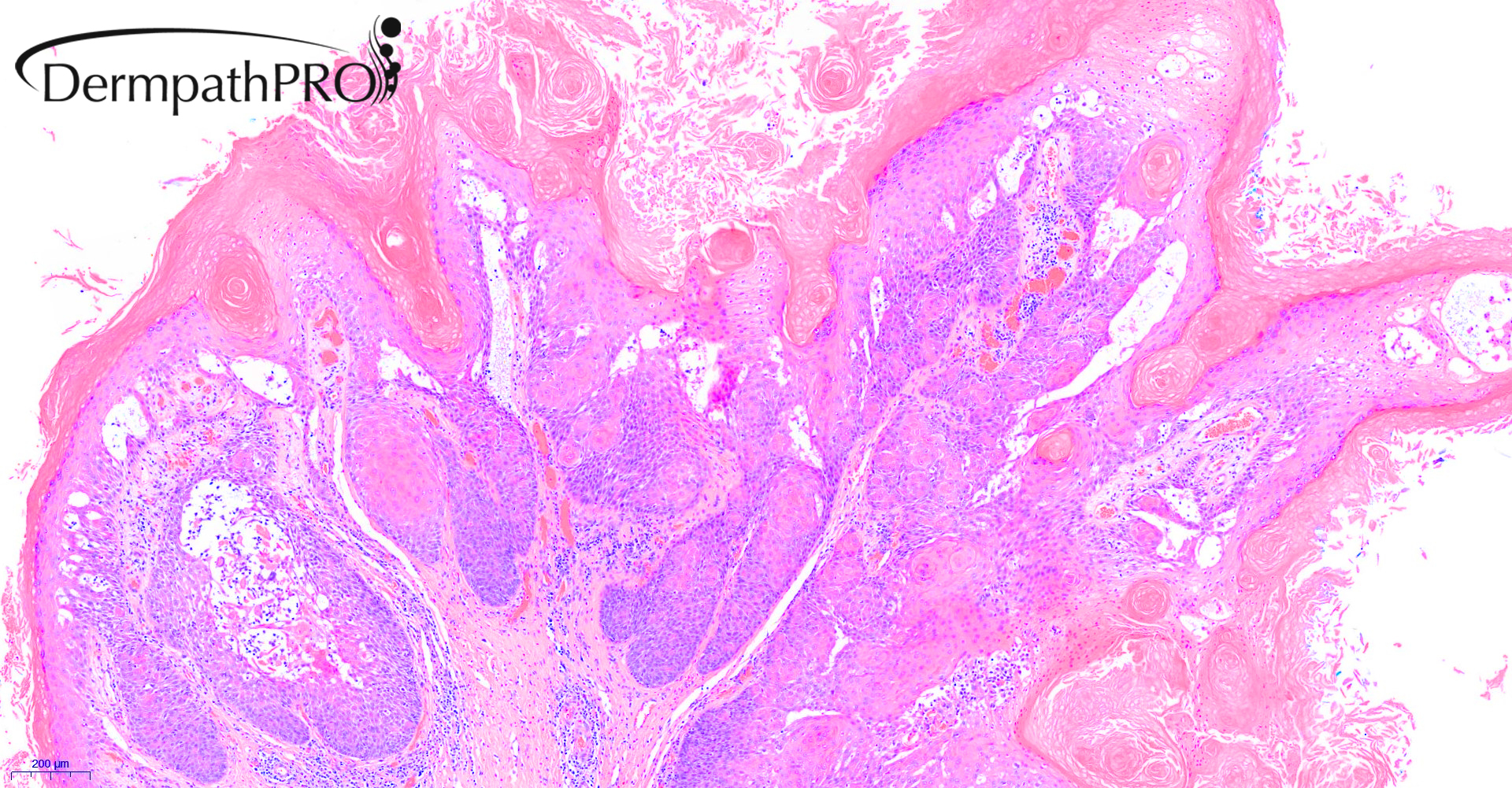
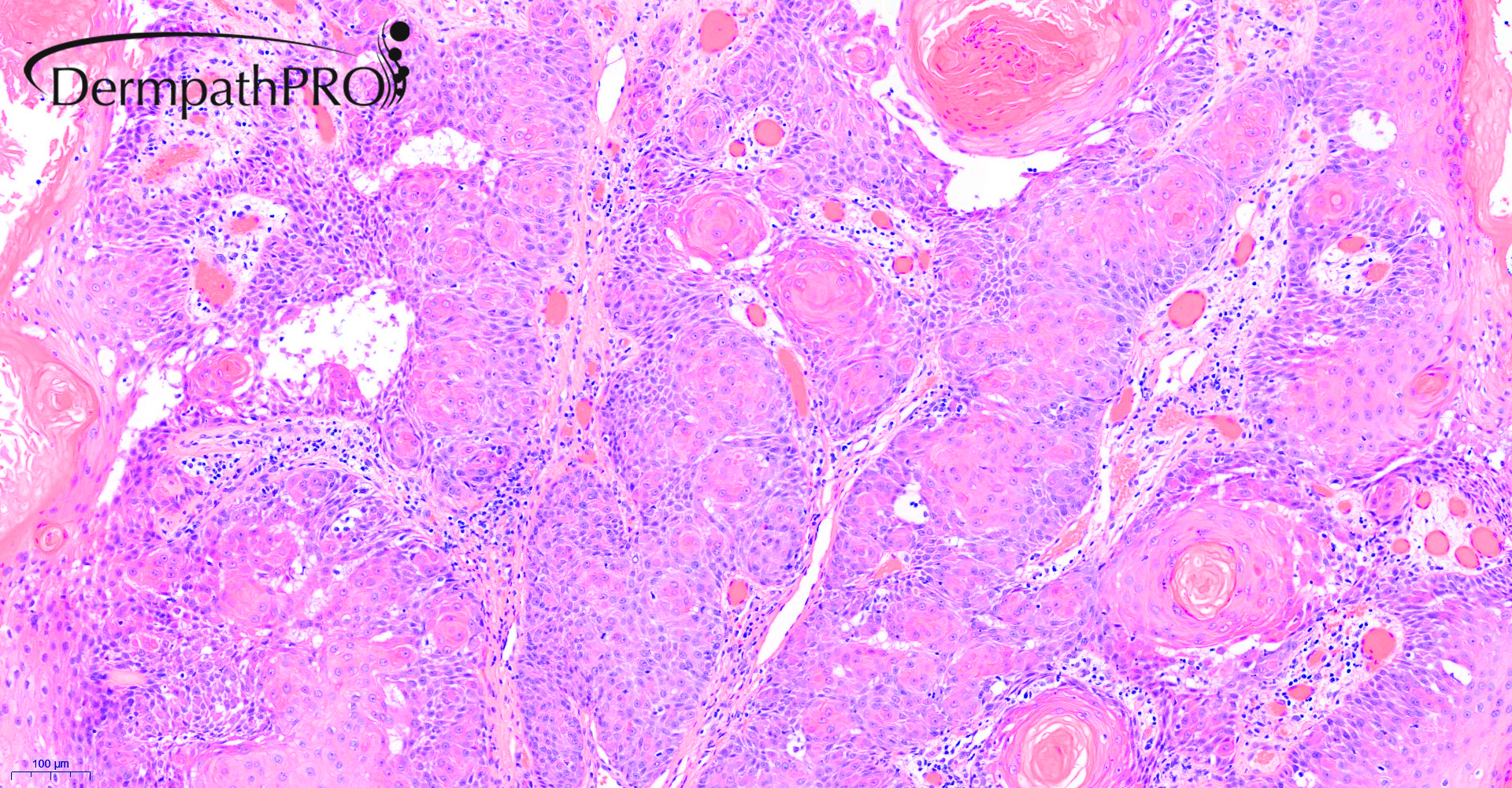
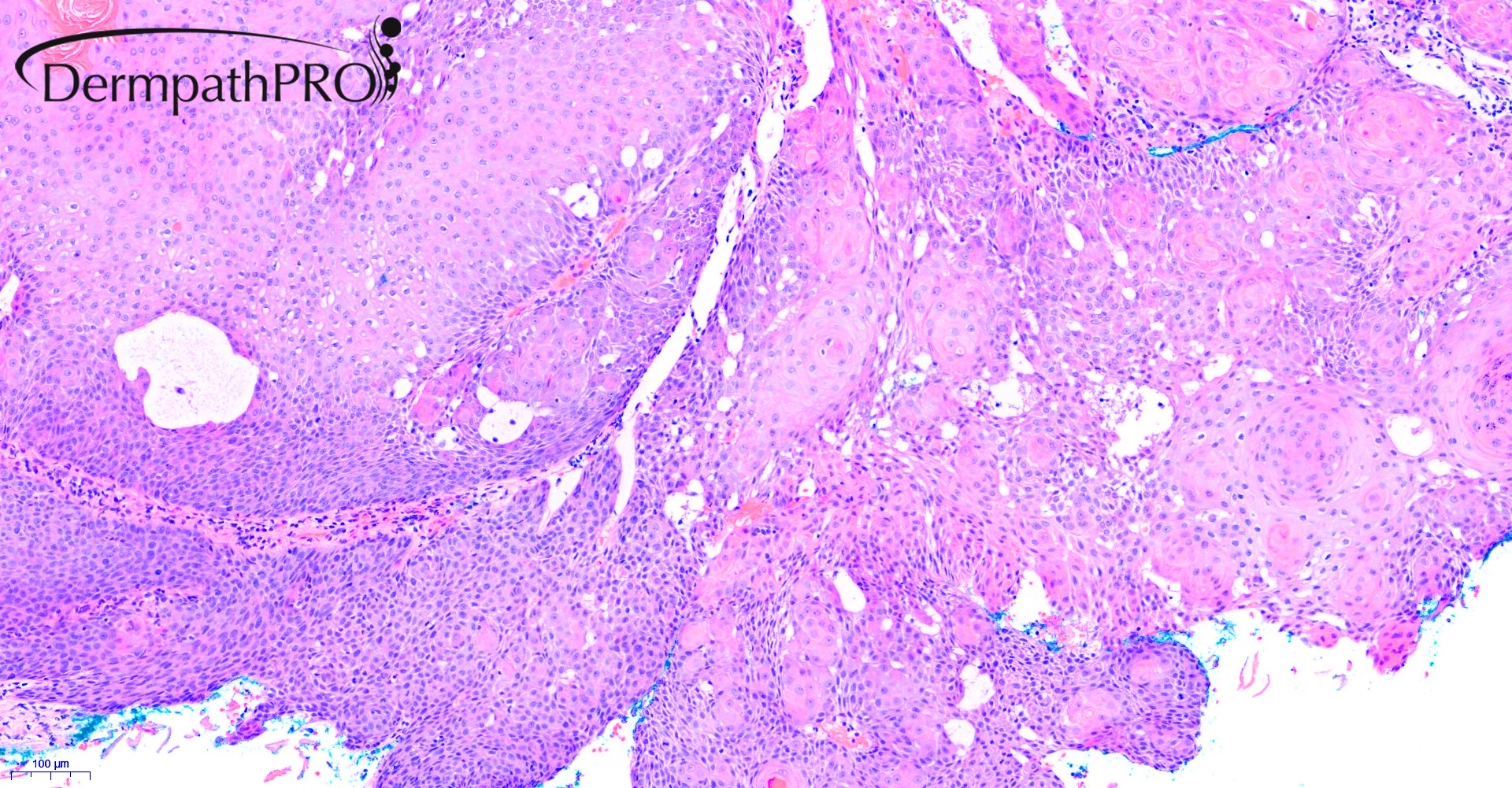
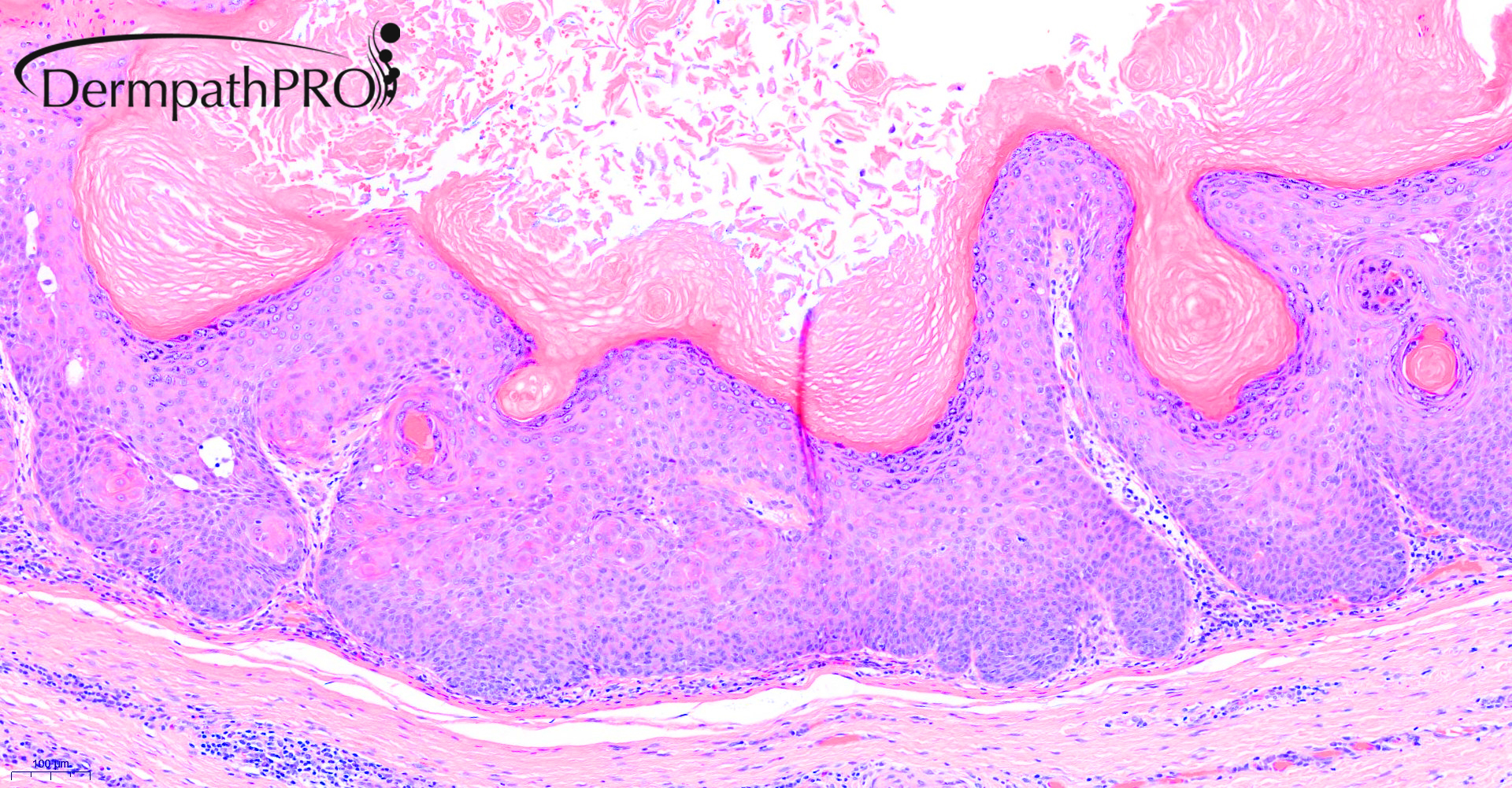
Join the conversation
You can post now and register later. If you have an account, sign in now to post with your account.